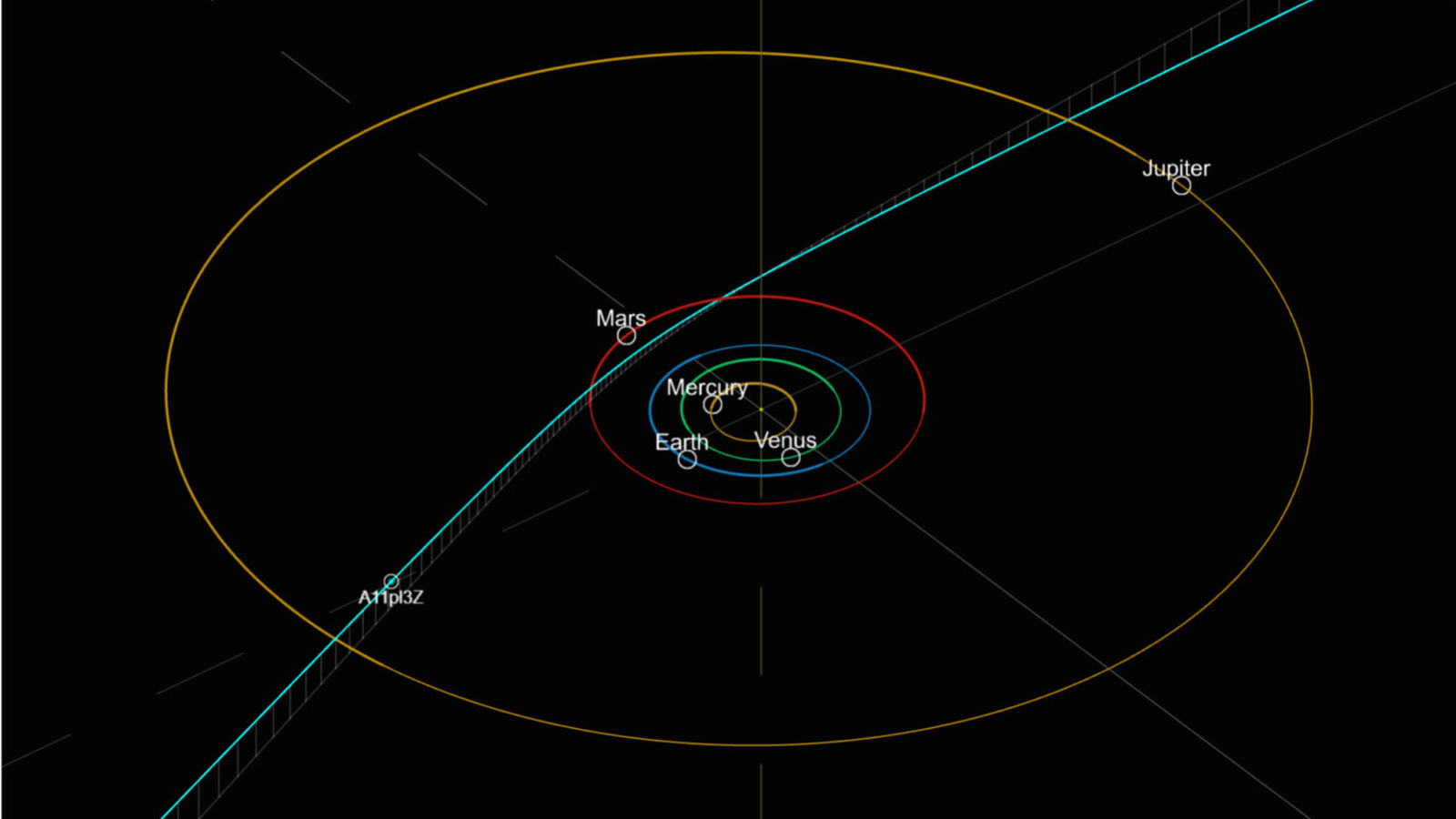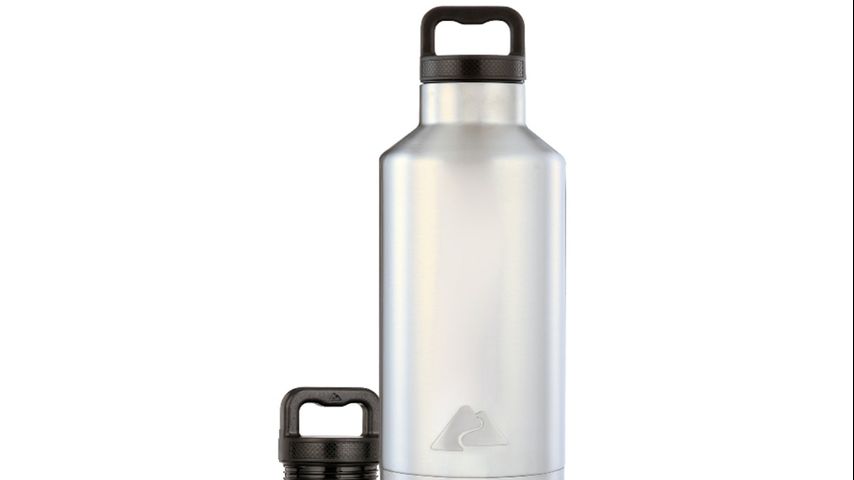From left to right: Dr. Camilo Jaramillo-Correa (holding the capsule with the asteroid Ryugu … [+]
Amanda Hendrix
Not everyone has the opportunity to hold dust brought from outer space in a container they built, but that’s exactly the experience of a young Colombian researcher.
In 2018, the Japanese space agency’s Hayabusa2 mission made history by transmitting images from operating rovers on an asteroid. The mission later left the asteroid Ryugu and returned geological samples to Earth on 5 December 2020.
Camilo Jaramillo-Correa, a Postdoctoral Research Associate at Princeton University, explained that during that time, he was pursuing his PhD in Nuclear Engineering at the Pennsylvania State University. His research focused on understanding space-weathering, which is the process of surface alteration that occurs on objects like asteroids when they are exposed to solar wind (a stream of particles from the sun) and micrometeoroids (fast-flying dust particles).
Jaramillo-Correa designed and built a sealed sample capsule to hold samples for his experiments on space-weathering. One day, his mentors asked him if it was possible to use the capsule to study extraterrestrial material.
Jaramillo-Correa soon discovered that his mentors wanted to use his capsule to analyze some of the asteroid dust samples that had been brought back to Earth.
“With great excitement, I had to make several modifications and conduct tests on the capsule to ensure that we could meet the stringent requirements for protecting the samples,” he said. “These samples had never been exposed to Earth’s atmosphere, and we needed to keep it that way.”
Jaramillo-Correa and his team conducted studies on two sets of samples from the asteroid Ryugu: individual particles and fine powders.
“The analysis of this work is still ongoing, but we expect to gather information about the composition and properties of the asteroids, as well as possible evidence of space weathering and the effects of atmospheric contamination,” he explained. He also highlighted the importance of studying asteroids, citing two main reasons.
“Firstly, asteroids provide a snapshot of the early stages of our Solar System. They have undergone minimal alteration from internal processes, and studying them can provide insights into the formation of the Solar System and planet Earth, and possibly the origins of life,” Jaramillo-Correa stated.
This picture taken on August 31, 2014 shows the new asteroid explorer “Hayabusa-2” during the space … [+]
AFP via Getty Images
From Colombia To (Simulated) Cosmic Rays
Jaramillo-Correa was born and raised in Medellin, Colombia. During his college years, he developed a passion for science.
“I began to dream of a career in research,” he recalled. “In my final two years, I took classes on plasma physics, which introduced me to a field I was truly passionate about.”
After graduating and working in a small company, Jaramillo-Correa realized he had more potential elsewhere.
In 2016, he moved to the United States to pursue graduate studies at the University of Illinois at Urbana-Champaign. He earned his MS in Nuclear, Plasma & Radiological Engineering there before completing his PhD in Nuclear Engineering at the Pennsylvania State University in 2023.
Jaramillo-Correa noted the stark differences in research environments between Colombia and the US, particularly in terms of resource access.
“I like to use an instrument as an example that is vital for studying plasma-modified surfaces,” he said. “When I was an undergrad in Colombia, there were only 1 or 2 of these instruments in the entire country. If you wanted to use one, you had to prepare and ship your samples to a different city and wait weeks for the results.”
However, in the US, Jaramillo-Correa discovered that accessing resources was much easier. He could simply walk down the hall and obtain data from the same machine in a matter of hours.
“Having experienced the constraints in resource access during my time as a researcher in Colombia, I learned to appreciate the capabilities of our local laboratory and to be resourceful,” he commented.
Dr. Camilo Jaramillo-Correa and Dr. Deborah Domingue conducting photometric analysis of fine … [+]
Camilo Jaramillo-Correa
From Arts to Outer Space
Andrea Guzman Mesa is another Colombian researcher who pursued her dreams outside of the country.
Although she initially desired to study modern languages, she eventually completed her PhD in Astrophysics at the University of Bern in 2023. Her research focused on studying the atmospheres of planets beyond our solar system.
Guzman Mesa compared thousands of atmospheric models with observational data from telescopes to gain insights into the composition of distant planets’ atmospheres. She also utilized Machine Learning frameworks to streamline her work.
Guzman Mesa played a crucial role in promoting the hashtag #spamdecientificas on Colombian Twitter to celebrate the International Day of Women and Girls in Science in 2022. The hashtag aimed to increase visibility for female scientists in Colombia and hopefully drive real change in the country’s research ecosystem.
By rewriting the narrative and pursuing their dreams, researchers like Jaramillo-Correa and Guzman Mesa are making valuable contributions to scientific knowledge and inspiring others to follow their passions.















